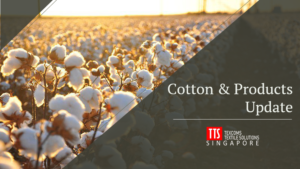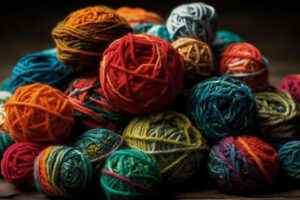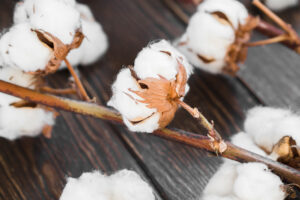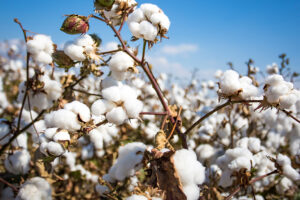
Worldwide Shipments of New Textile Machinery post Covid-19
Textile and Apparel sector was among the worst Covid affected sectors in 2020. The trade between countries nosedived as the production of goods almost came to

Textile and Apparel sector was among the worst Covid affected sectors in 2020. The trade between countries nosedived as the production of goods almost came to

For more than 225 years Rieter has been a powerful driving force in the global spinning industry and its sales numbers serve as ‘Health Indicators’ for the spinning industry.

In the Covid-19 pandemic year, the cotton value-chain, like others, has faced unprecedented disruptions. The industry was expected to have a decrease in the production and consumption owing to the Covid restrictions. Yet the cotton textiles supply chain in India has shown resilience, as the cotton consumption in the country during 2021-2022 is expected to reach around 26 million bales which is at par with pre-Covid consumption levels.

Impact of COVID-19 on Top Textile & Apparel Exporters of the World Country Jan-Mar 2019 Jan-Mar 2020 Year to date(YTD) change Value Share (%) Value

Mechanical yarn stretch (%) in sizing process is amongst one of the process control parameters affecting warp yarn breakages in looms. For assessing the level of significance of the treatment factor on the response, ANOVA analysis

Factors such as increasing concern towards the adverse impact of synthetic fibers combined with the growing emphasis on reducing the usage of plastic-based materials are expected to fuel the growth of the Cotton Textile Industry.

Cotton determines about 60 to 70 per cent of yarn manufacturing cost, working performance and desired yarn quality. Cotton procurement system and cotton sampling and testing methods are an integral part of the manufacturing process. This article highlights the authors experience and challenges in setting right the cotton management in toto to achieve the objective improve yarn quality and productivity in a large spinning mill.